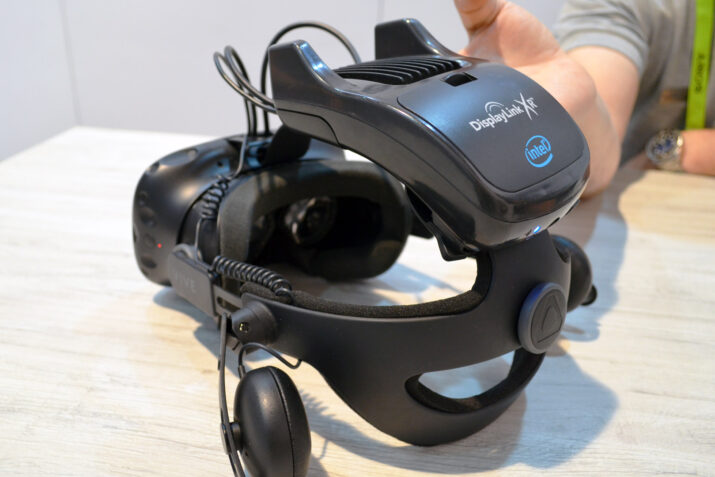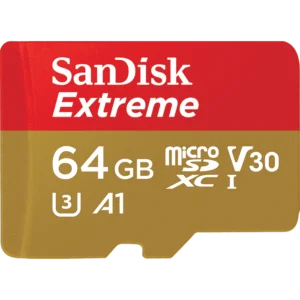
This was a very interesting BUZZ that I found today and wanted to share with you.
Originally posted on: https://www.roadtovr.com
DisplayLink has been building out its wireless VR compression technology for the last few years, eventually finding its way into the recently released Vive Wireless Adapter.
But VR headsets are inevitably moving toward higher resolutions—as we’ve seen this week at CES 2019—making it increasingly harder to make them wireless. Luckily DisplayLink has a few tricks up its sleeve to boost compression efficiency without impacting latency,
one of which they demonstrated exclusively to Road to VR this week at CES 2019.
Many readers of Road to VR will be familiar with the concept of foveated rendering: since our eyes only see in high fidelity within a few degrees of the center of our field of view,
it’s possible to achieve higher quality (or more efficiency) by rendering lower quality imagery in the peripheral regions and higher quality in the very center.
Eye-tracking then can be used to make sure that the high-quality region always stays at the center no matter how you move your eye.
Done right (with good eye-tracking and smart rendering algorithms) this can be completely invisible to the end users.
GoPro Fusion from Amazon

Recommended MicroSD Card for use with the Fusion 360 camera
And if you are looking for 360 Video Production Services, contact Al Caudullo exploretv@gmail.com
With 37 years of Media experience, we can Deliver More for You in 360 Video. Click here to see what our customers say about our work
Utilizing state of the art technology, Al Caudullo, and his team have been delivering award-winning compelling productions spanning the globe. Exotic destinations blended with unique cultural experiences give viewers an experience like no other.
From vibrant American cities like San Francisco and Las Vegas to the isolated mountains of Mongolia. From ancient civilizations of Cambodia and Myanmar to the lush resorts of Southeast Asia and beyond. All from the comfort of your living room.







